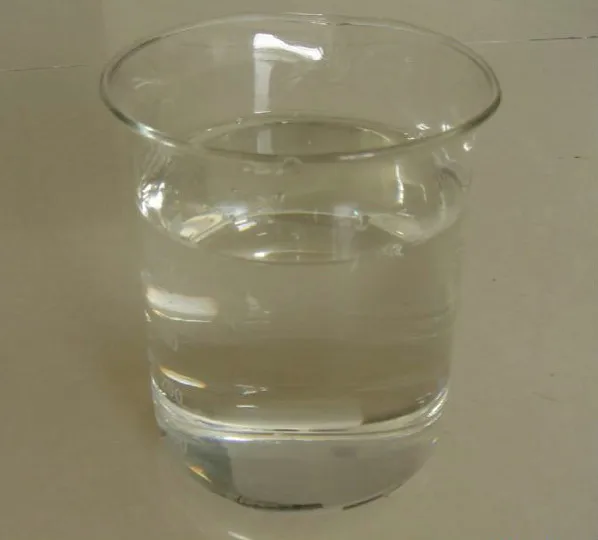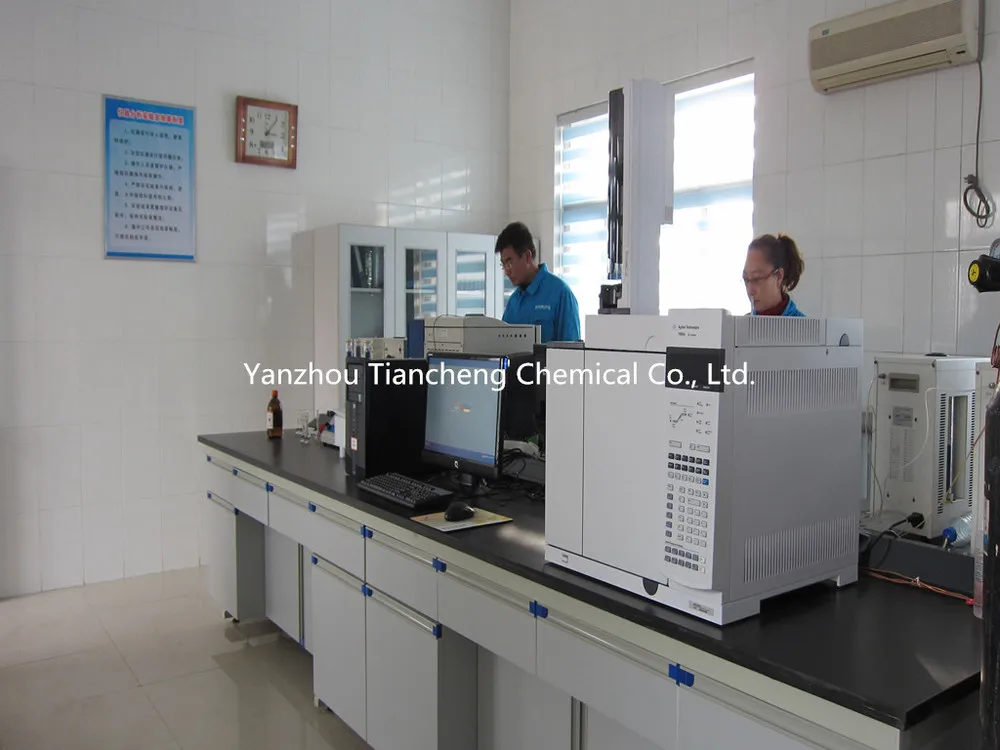How the summer heat will reach the cows
Dairy cows are resistant to heat and their optimum temperature for growth is 8°C~16°C. Therefore, it is the key to management and protection of dairy cows to prevent heatstroke and reduce summer heat stress.
Reducing radiant heat Use materials with good insulating properties to build roofs or add ceilings, whitewash the roof and surrounding walls, and use white reflections of sunlight to reduce reflected heat and radiant heat. Moderately grow trees and grasses around cowsheds and playgrounds to reduce solar radiation, prevent hot gas from entering the cowshed and improve the microclimate of cattle farms. Conditions can be used for planting and breeding. Planting vines around the pergola, such as grapes, loofah, chayote, etc., will have a better cooling effect. Brushing the cow body frequently also facilitates the body's heat dissipation.
A cement pool was built to cool down the cement pool. The water tanks were gently sloped at both ends. The basin was filled with clean water of 1 to 1.5 meters deep. A pergola was set up on the pool, and a sprinkler system was also installed. Dairy cows can bathe in the pool during hot summer months (be careful to keep the pool water clean). The spray system on the top sprays water down, which is very effective in reducing the body temperature of cows and has no obvious effect on breast health.
Construction of Spraying Pergola Many cows have a pergola on the sports ground. The pergolas are suitable for a height of 5 meters. The material of the ceiling should have good thermal insulation properties and a small radiation factor. The ceiling should be built in an inclined manner to facilitate air circulation. On sunny days, cows can take shelter and rain can prevent rain. If you build a arbor, cows shower under the arbor, the cooling effect is better. The method is to build a concrete floor under the pergolas and install two devices, a spray and a hair dryer on the roof. The spraying and the hair-drying are alternately performed. The spray is first applied for 5 minutes to allow the cows to be thoroughly wet, and then blown for 25 minutes and repeated. When spraying, the cows are sprinkled with a film of water. When the hair blows, the water evaporates and takes away the calories from the cows. The cooling effect is very good. This cooling method is suitable for dry areas in northern China. The milking parlor can also be equipped with a spray cooling system that sprays for 30 seconds above the cow's head and the fan blows for 5 minutes, alternately, with a significant cooling effect. The shower device is turned on at the hottest time in the afternoon and is not needed in the morning and evening. Spraying the pergola must be managed by someone who specializes in it. If the management is not good, it is often muddy and unfavorable to the health of dairy cows and it has become a source of infection. To prevent the cows from slipping, rubber pads can be placed on the concrete floor.
Ensure that the ventilation cowshed should be built in a ventilated area to facilitate the removal of heat and moisture from the cowshed. When the temperature is high, vents or doors and windows must be opened to promote air circulation in the barn. Conditional electric fans can be installed in the cowshed so that each cow can blow to the wind.
Feeding the feed scientifically in summer should be based on less feeding. Concentrate should be fed 4 times a day, but it should be noted that the maximum proportion of dietary concentrate should not exceed 60% so as not to affect the milk fat rate and metabolic disorders. Feed more of the green, tender, juicy, and high protein feeds (such as clams, squash, wax gourds, watermelon rinds, carrots, etc.) that are good in palatability, which are conducive to cooling, and are prohibited from feeding mildew and dew. feed. Since 2 to 3 hours after the intake is the peak stage of heat production, the amount of feed should be increased at night during the day when the temperature is relatively low during the summer feeding period. From 8 pm to 8 am the next day, the amount of feed can account for 60%-70% of the entire diet, especially for rough materials should be arranged from 8pm to 5am. At the same time, we must also pay attention to preventing the accumulation of fermentation rancidity in the feed tank. In the hot summer, mineral deficiencies are often caused, so the amount of calcium, phosphorus, magnesium, sodium, potassium, etc. should be increased.
Supply of clean drinking water Dairy cows drink about 100 kilograms a day in summer, usually using free drinking water, keeping the water clean and cool, and adding water facilities if necessary. The best water temperature is 10°C. Cool water helps cows to lower their body temperature and increase their appetite. Change the feeding of congee material, the effect is also very obvious. Conditional cattle farms can properly drink mung bean tea or salt bran soup (50 kg water, add salt 40 to 50 grams, bran 1 to 1.5 kg, 3 times a day), in order to increase the appetite of cows, prevent heatstroke and reduce temperature, effectively control Milk production declines, but it is not advisable to drink water that has been deteriorating for a long time.
Regular sanitization During the summer, bacterial and other pathogenic microorganisms multiply quickly. Always clean the cowshed and brush the troughs and sinks; clean the cowhouse excrement, keep the cowshed and the surrounding clean and hygienic, and regularly disinfect it with highly efficient disinfectants.
Timely eradication of mosquitoes and flies in cattle farms in summer, not only interfere with the cows rest, but also easy to spread diseases. Therefore, we must eliminate mosquitoes and flies in time so that cows can rest quietly. The cowshed will be screened with screen doors to prevent mosquitoes and flies from entering the house; no water shall accumulate around the cattle farms and cattle farms. Sewage tanks and septic tanks shall be built outside the walls of cattle farms, stamped and sealed, not only safe, but also prevent mosquitoes. The flies breed; regularly spray drugs around the cowshed and around the cowshed to eliminate mosquitoes and flies; keep the cattle bed, aisles, etc. clean and dry, timely and correct handling of excreta, and filling the nearby cesspits.
Active Prevention and Control of Diseases Cows are examined about half a month after giving birth. They examine their genital organs and find that the disease is treated in time. It is also necessary to prevent and cure mastitis, metritis, epidemic fever, and food poisoning in a timely manner. At the same time, we must actively take measures to prevent and cure bovine diseases.
I. Introduction
Cationic fixing agent is polyelectrolyte, consists of a series of organic synthesis with low molecular weight and strong cationic, which is generally 100% cationic. Product character is aqueous solution.
II. Performance Indicators:
1. Appearance: colorless to pale yellow viscous liquid
2. Solid content: ≥ 50%
3. PH: 2 ~ 6
4. Viscosity: 50 ~ 200 mpa.s

III. Application Field
Used in paper pulp as a cationic fixing agent. Usually the slurry contains colloidal particles consisted of fiber materials, additives and water, which are with anionic charge and interfere the papermaking process, so it is also known as anionic trash; the interference is mainly in the following aspects:
1. Influence wet chemical additives` normal function, especially for cationic retention and drainage aids, sizing agent; or cause to increase the amount of wet chemical additives;
2. Deposits in the paper machine system; interfere the efficient papermaking process.
3. COD discharge of sewage systems, increasing the load on the sewage treatment plant. Recommended for use in mechanical pulp, chemi-mechanical pulp, and secondary fiber pulp slurry and coating waste stuff. Anionic trash neutralized by fixing agent can be bonded to the fibers so as to be taken away by paper sheets.

IV. Methods of Application
Adding methods: excellent water-solubility; can spread out in water instantly. Dosing pump is generally used to drive it into a static mixer or a mixing pump , mixed with water, diluted to about 0.2% of the dissolved solution, and then into the slurry system.
Adding point: the general adding point is in the front of flow system, that is, before the machine chest or fan pump; or add in the pulp plant. Which is taken into consideration for the reaction time of the cationic fixing agent polymer molecules and garbage, also need to time and space for other wet end additives. According to the slurry source, sometimes you need to select two or more points to add. When the slurry contains a source of coated broke, generally requires additional anionic trash fixative in the transport of the paper sheet.
Adding dosage: anionic trash content in the slurry is usually gauged by the cationic charge contents measured by PCD (particle charge analyzer) in the slurry. The measure will directly show the dosage tips, but the real dosage depends on the practical application. For general slurry, the recommend amount is in the range of 0.3kg ~1.8kg/t dry pulp.
V. Safe Operation
1. Cationic fixing agent is a water-soluble polymer, dissolved in water in a highly slippery state and avoid to spill on the floor. If spill, shall timely absorb with sand, sawdust.
2. Wear gloves, wear overalls to operate.
VI. Storage
The product should be kept sealed, stored in cool, dry, ventilated places, and appropriate temperature should be 10-30 ℃.
VII. Package
200 kg plastic drums or 1000 kg PE IBC drum.
Fixing Agent,Fixer,Anionic Trash Catcher,Charge Neutralizer
Shandong Tiancheng Chemical Co., Ltd. , https://www.tianchengchemical.com